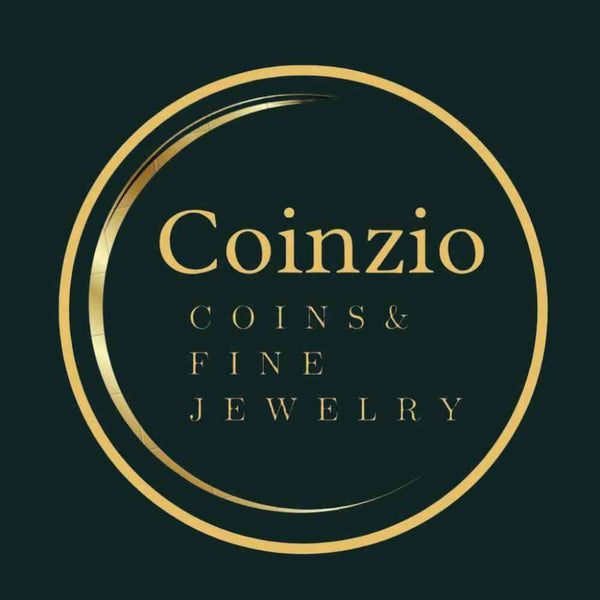
Website is coming soon
This is a message for your visitors, you edit this in your admin.
Subscribe to our newsletter
Enter the password to get access to the site
© 2023 Oz Bullion. All rights reserved.

© 2023 Oz Bullion. All rights reserved.